My Rule #3 for Teaching Middle School
Think back for a second to recall your favorite class of all time, or at least a favorite teacher. Did the teacher have a genuinely warm smile that put you at ease? Was he or she funny sometimes? Was the classroom atmosphere somewhat light? Even fun every now and then? The answers to these questions may be no, but I’m guessing that most of them, if not all, are yes.
The point is that in that favorite class, or around that favorite teacher, is where you associated education with joy. In the pleasant atmospheres, you learned better. You remembered longer. What if your class were more like this? My rule #3 for teaching middle school will teach you how. I have some ideas that can help you bring joy into learning today.
The Goal is this, which is my Rule #3 for Teaching Middle School: Lighten Up Learning
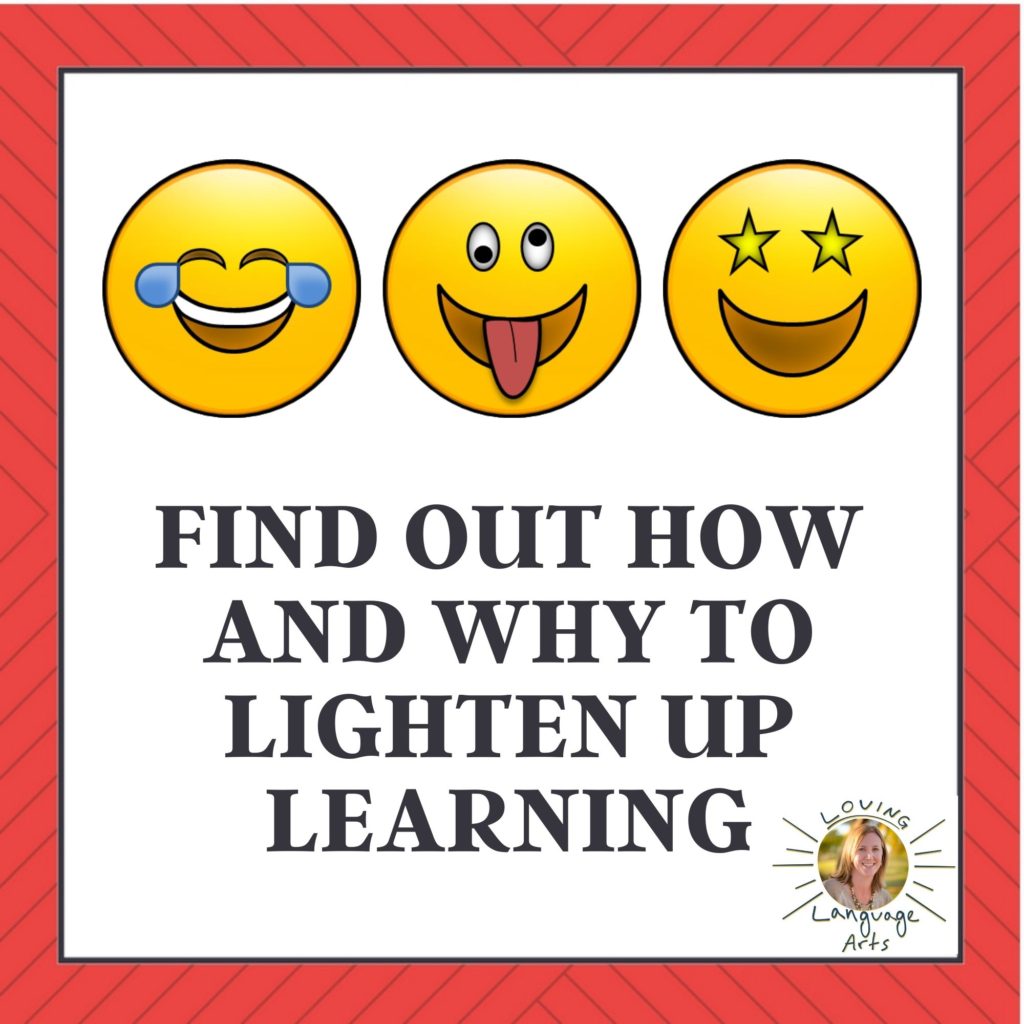
Girls (and Boys) Just Wanna Have Fun
The thing is that when you’re in an atmosphere where the teacher gives you a nice genuine smile and says something funny (or does something quirky), you’re pretty open to doing what your teacher asks of you. And, who doesn’t like humor and fun? Absolutely no one! Humor puts everyone at ease. Humor engages students and reduces classroom conflict. Fun connects children regardless of their differences. You can start incorporating little bits of humor, fun, and play into your learning environments today. I have some ideas for you.
But, if you’re not sure why you would want to, here are some benefits:
1. Smiling, laughter, and humor make you, the teacher, feel good.
2. Smiling, laughter, and humor put students at ease making them more receptive to learning and more respectful to others.
3. You can adjust the content (especially in language arts) to lighten it up as long as it it’s still standards-based.

Here are some ways to lighten up learning by incorporating fun in your classroom:
- Tell jokes. Aim for around one a day. Or at least one a week. Start curating a list of your favorite, age-appropriate jokes. Make sure you can access your list at school. Not sure where to find jokes? Just search on Pinterest. There are a ton! Be suave and tell your joke at the right time.
- Have students tell jokes. What if you had students rotate the daily sharing of a joke? Tell them all ahead of time that they will share one favorite joke with the class once a month throughout the school year. That’s a pretty easy request. And with as many students as you have, a daily joke (with no work on your part) will be no problem.
- Watch a humorous video, meme, clip, Ted Talk, etc. Connect it to a learning activity (such as writing an an analysis.)
- Be funny, goofy, quirky if you so desire. You can make people laugh, laugh at yourself, and relax a little. Everyone loves it (even if they give you a hard time about it…)
- Start seeing the potential for humor in the classroom, and then act on it. Humor is the magic ingredient in bringing people together.
- Incorporate humorous literature into ELA or reading time. Some great sources include: Dr. Seuss, Shel Silverstein poetry, Amelia Bedelia books (for younger kids), Canterbury Tales (for high school), The Onion (for college and some for high school and middle school if appropriate), and more. Even Shakespeare’s insults are really funny (once you decode them).
- Do funny LOL Language instead of boring language. LOL Language is a set of no-prep printables I designed that combine serious learning (such as punctuating dialogue, using commas correctly, choosing the right vocabulary word, analyzing poetry, story starters, and much more) with humorous content! It’s all standards-based, important language practice, but the content consists of jokes and puns. Kids love it.
- Plan activities that involve art, such as: drawing a comic strip of a scene, drawing a character’s thoughts inside a blank head, filling out a graphic organizer in the shape of the topic, drawing vocabulary words, make up a creature and describe it, etc.
- Plan activities that involve drama, such as: write a skit and act it out, act out a scene, play charades, etc.
- Listen to or sing parody music, such as songs by Weird Al Yankovik (and have them identify literary techniques)
- Do one of these free and fun super cool figurative language activities
- Play review games, such as: Jeopardy, Bingo, etc.
- Incorporate popular games into learning (with some prep on your part to adapt the content), such as: Balderdash, Scattergories, Heads Up!, etc.
- Get up and move around How about the Hokey Pokey?
- Plan comedic writing activities, such as: fractured fairy tales, a sitcom screenplay, a funny story, writing puns, etc.
- Here are some other fun and free activities
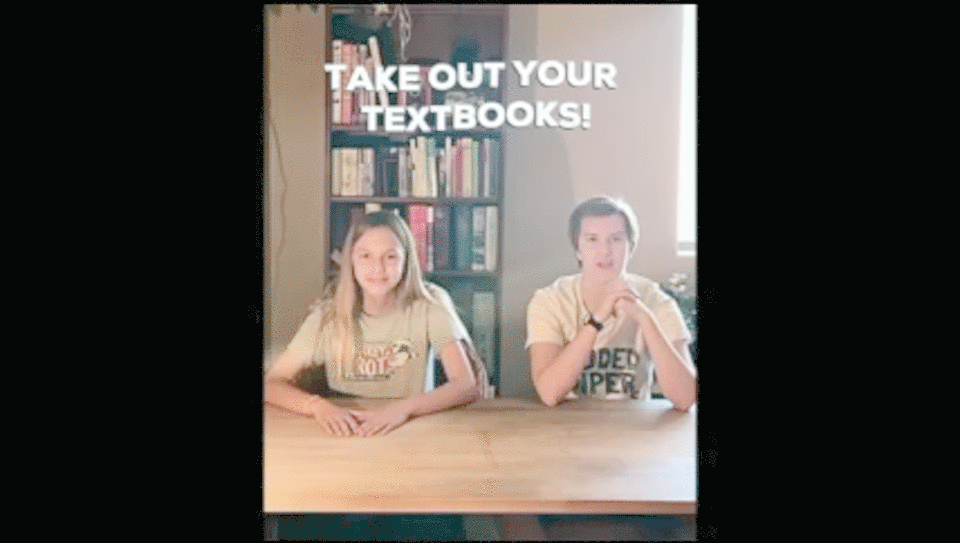
Here’s another trick I learned. When you provide your students with high-interest learning resources they feel are relevant to them and interesting in some way, they will actually behave better. They will get sucked into whatever you are trying to get them read, write, or do and forget about misbehaving.
So, that’s why I created these high-interest informational texts and tasks. I went out of my way to make the articles super interesting to middle schoolers by writing about things that interest them. And, guess what? It worked. I keep hearing from teachers how kids get so into these passages. They actually want to answer the questions. They even want to discuss the articles as a group.
And teachers keep reporting how much time and hassle I have saved them. I did that by aligning every text and task to a specific Reading Informational Text Standard and did that 10 times to cover all 10 of them individually. Now teachers don’t have to go searching for the right articles that bring out the right skills. That’s why I made Volume II for middle school, then workbooks for 4th grade, 5th grade, 9th grade, 10th grade, and 11th grade. 12th grade is coming Fall 2021.

Click below for FREE ELA PRACTICE TESTS – each targeting specific reading, writing, language, and speaking/listening/viewing standards.
Check out these GRADE-SPECIFIC test prep books with practice tests that target EVERY GRADE-SPECIFIC READING INFORMATIONAL TEXT STANDARD, one by one. An added bonus is that students LOVE the texts! In Easy-Print or Self-Grading Online Versions.
The 6th Grade Practice Tests Test Prep Workbook “is a high quality, beautifully-aligned resource. It is no-frills, to the point, yet high-interest for students. It is helping us prepare for standardized testing in a hybrid, synchronous, difficult year.”
How about save this pin to your “Classroom Management” or “Making ELA Fun” or “Teaching Middle School ELA” Board so that you can come back to this post again?

Now that you’ve read Rule #3, you are ready for Rule #4.
1 Comment
Trackbacks/Pingbacks
- My Rule #5 for Teaching Middle School - Loving Language Arts - […] Rule #1 for Teaching Middle School My Rule #3 for Teaching Middle School My Rule #2 for Teaching Middle…
- My Rule #4 for Teaching Middle School - Loving Language Arts - […] My Rule #1 for Teaching Middle School My Rule #2 for Teaching Middle School My Rule #3 for Teaching…
- Lessons of the Heart: A Valentine's Day in ELA You'll Love - Loving Language Arts - […] written blog posts about the importance of setting a good feeling tone in the classroom, making learning fun, and…


























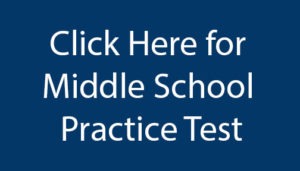


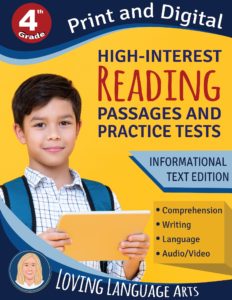








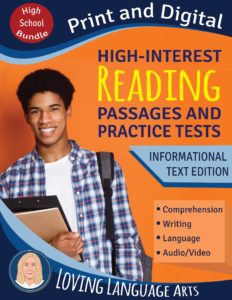


















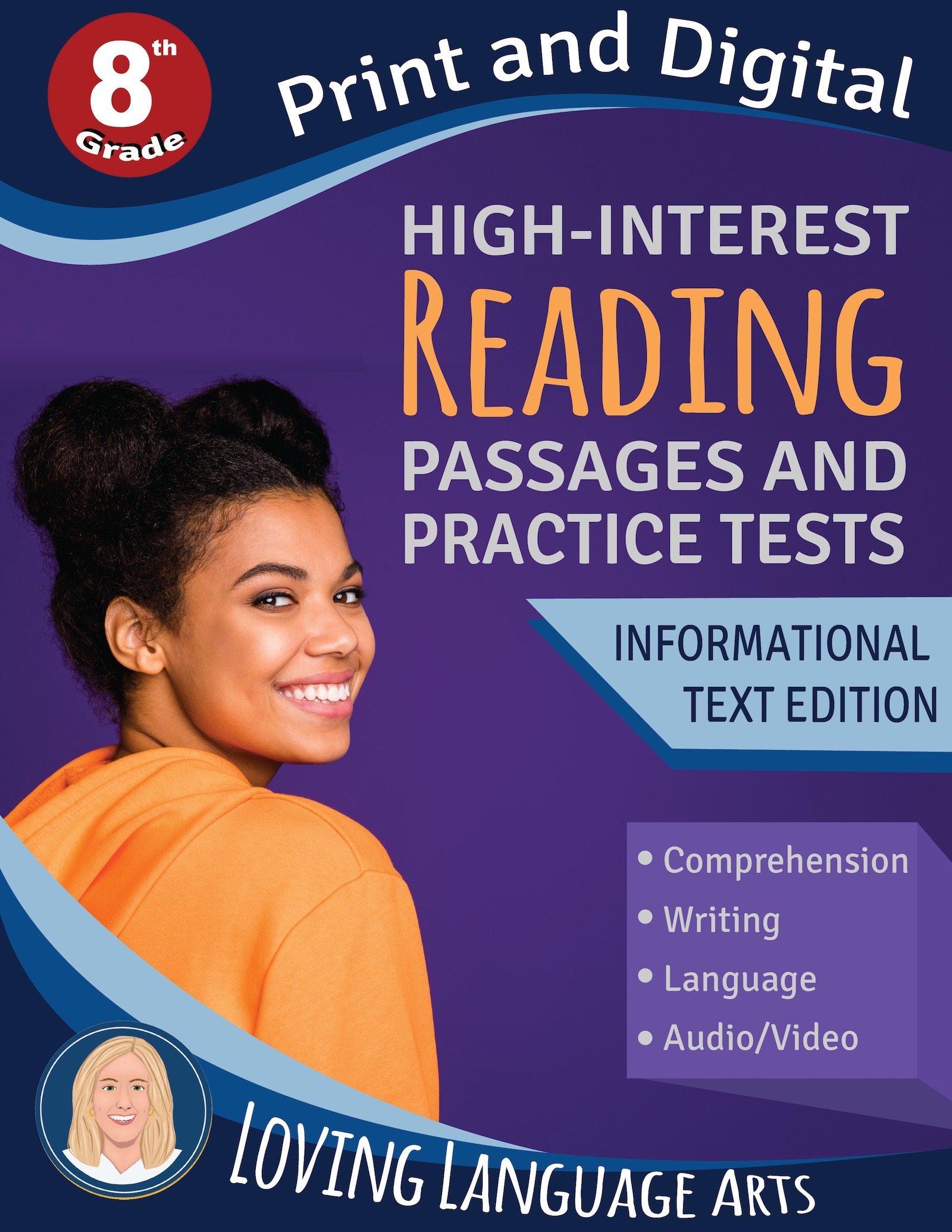


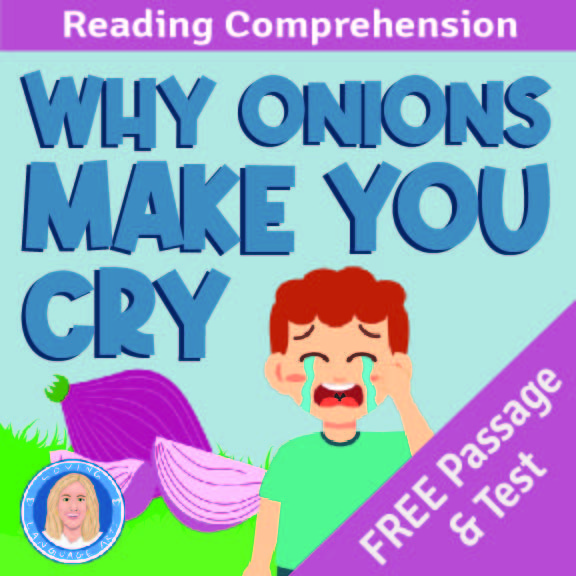


For anyone who hopes to find valuable information on that topic, right here is the perfect blog I would highly recommend. Feel free to visit my site QH8 for additional resources about Cosmetic Treatment.